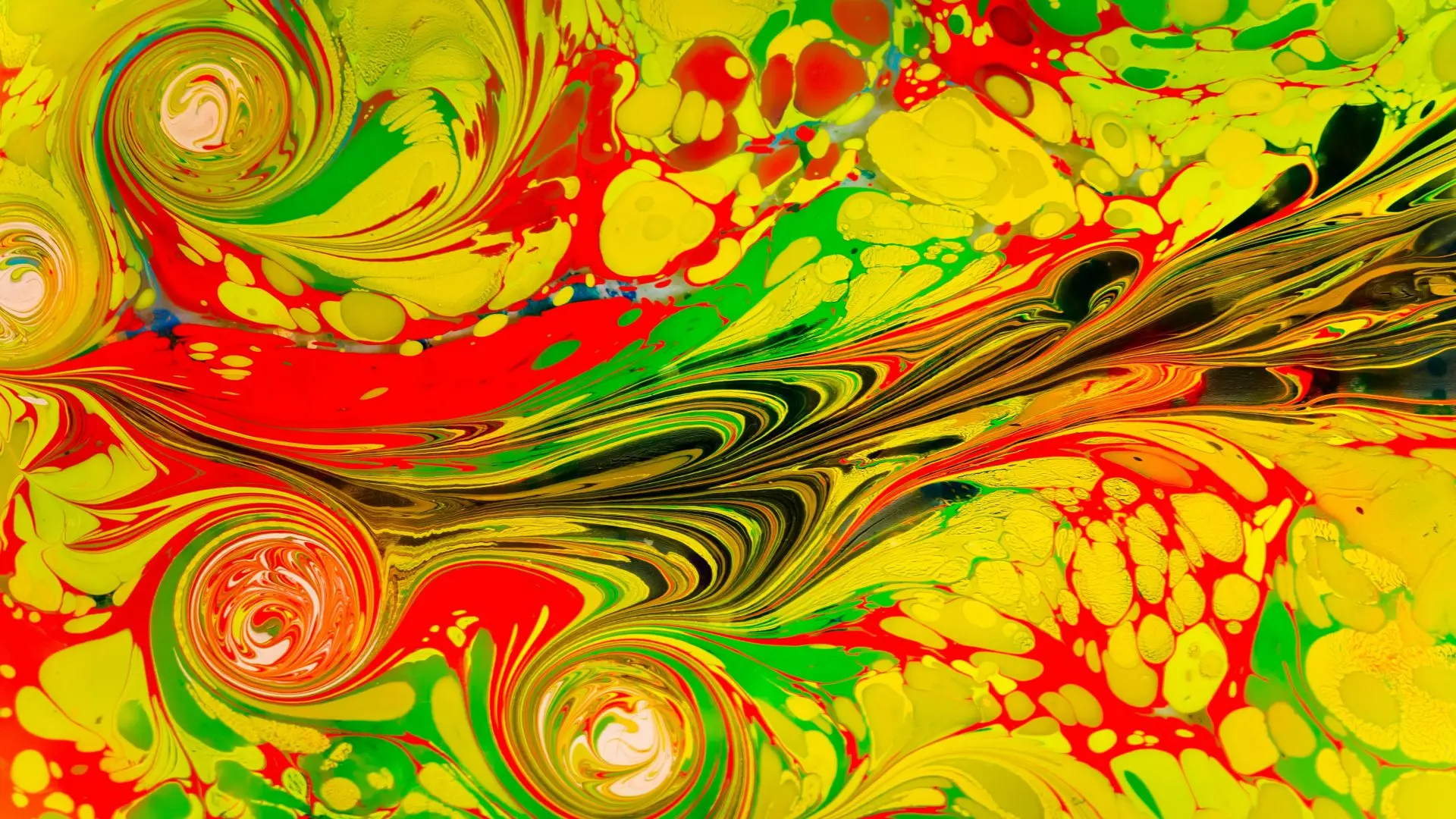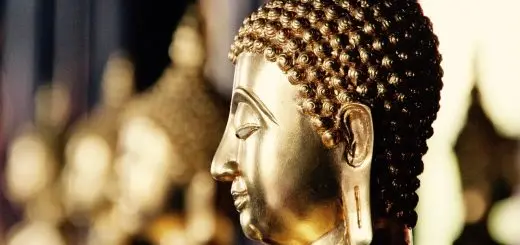Role of Visualization in Meditation

Looking for more amazing products? Check out our online store and explore our collection here! Happy shopping!
Before diving in, please note: This post is for informational purposes only. If you’d like to know more about how we approach topics, feel free to check out our friendly Disclaimer Page.
Hey there, amazing readers! 
We’re committed to delivering quality posts, and your support (even just sticking around despite the ads) means everything to us. So, bear with us, and thanks for helping us keep the good vibes rolling. Now, on to the fun stuff!
TRANSLATE BUTTON AT THE END OF THE ARTICLE
A Quick Overview
Meditation is a powerful practice that has been utilized for centuries to cultivate inner peace, reduce stress, and enhance overall well-being.
One key aspect of meditation that is often overlooked is the role of visualization.
Visualization in meditation involves creating mental images or scenarios to aid in focusing the mind and achieving a deeper state of relaxation.
By harnessing the power of visualization, individuals can enhance their meditation practice and experience a wide range of benefits.
In this article, we will explore the importance of visualization in meditation, its benefits, techniques for beginners, and how to integrate it into your daily routine.
Understanding Visualization in Meditation
Visualization in meditation involves using mental imagery to create a scene, object, or sensation in the mind’s eye.
This practice helps individuals focus their attention and immerse themselves in a specific experience during meditation.
By visualizing calming and peaceful images, practitioners can create a sense of tranquility and relaxation, making it easier to let go of stress and tension.
Visualization can also be used to manifest positive outcomes, goals, or intentions during meditation sessions, allowing individuals to tap into the power of their subconscious mind.
Benefits of Incorporating Visualization
Incorporating visualization into meditation can have numerous benefits for both the mind and body.
Some of the key advantages include:
Enhanced relaxation: Visualization can create a sense of calm and tranquility, reducing stress and anxiety levels.
Improved focus: By directing the mind towards a specific image or scenario, visualization can enhance concentration during meditation.
Increased creativity: Visualizing different scenes or objects can stimulate the creative centers of the brain, promoting innovative thinking.
Emotional healing: Visualization can help individuals process and release negative emotions, promoting emotional well-being.
Manifesting goals: By visualizing desired outcomes, individuals can set intentions and work towards achieving their dreams and aspirations.
How Visualization Enhances Focus
Visualization is a powerful tool for enhancing focus during meditation.
By creating a clear and detailed mental image, individuals can anchor their attention and prevent distractions from disrupting their practice.
Visualizing a specific object or scene can engage the mind and prevent wandering thoughts from taking over.
This heightened focus allows practitioners to stay present in the moment and deepen their meditation experience.
Over time, the ability to visualize with clarity and precision can improve overall concentration and mindfulness in daily life.
Utilizing Imagery for Relaxation
Imagery plays a crucial role in promoting relaxation during meditation.
By visualizing peaceful scenes such as a tranquil beach, a serene forest, or a calming sunset, individuals can evoke feelings of serenity and tranquility.
The mind responds to these positive images by releasing stress and tension, creating a sense of inner peace.
Visualization can also be used to imagine a warm, glowing light enveloping the body, melting away any discomfort or anxiety.
This imagery-based relaxation technique can be especially beneficial for those struggling with insomnia or chronic stress.
Improving Emotional Well-being
Visualization can be a powerful tool for improving emotional well-being during meditation.
By visualizing scenes or objects that evoke feelings of joy, gratitude, and love, individuals can cultivate positive emotions and reduce negative thought patterns.
This practice can help individuals let go of past hurts, forgive themselves and others, and foster a sense of inner peace.
By incorporating visualization techniques that promote emotional healing, individuals can experience a greater sense of well-being and resilience in the face of life’s challenges.
Visualization Techniques for Beginners
For beginners looking to incorporate visualization into their meditation practice, there are several techniques to try:
Guided imagery: Listen to guided meditation recordings that lead you through visualizations of peaceful scenes or experiences.
Object-focused visualization: Focus on a simple object, such as a candle flame or a flower, and visualize it in great detail during your meditation.
Scene creation: Imagine yourself in a peaceful setting, such as a meadow or a mountaintop, and engage all your senses to make the scene come alive.
Affirmation visualization: Visualize yourself achieving a specific goal or intention, using positive affirmations to reinforce the image in your mind.
Color visualization: Picture a specific color surrounding you and filling you with its energy and healing properties, promoting relaxation and balance.
Harnessing the Power of Visualization
To harness the full power of visualization in meditation, it is essential to practice regularly and with intention.
Set aside dedicated time each day to engage in visualization exercises, focusing on creating vivid and detailed mental images.
Start with simple scenes or objects and gradually work towards more complex visualizations as your skills improve.
Remember to engage all your senses in the visualization process, incorporating sounds, smells, textures, and emotions to make the experience more immersive and impactful.
By consistently practicing visualization in meditation, you can unlock its full potential for relaxation, focus, and emotional well-being.
Cultivating Mindfulness through Visualization
Visualization can be a powerful tool for cultivating mindfulness during meditation.
By focusing on creating detailed mental images, individuals can train their minds to stay present and fully engaged in the moment.
Visualization encourages practitioners to notice subtle details, textures, and sensations in their mental images, promoting a sense of awareness and mindfulness.
By incorporating visualization techniques that require attention to the present moment, individuals can deepen their meditation practice and develop a greater capacity for mindfulness in their daily lives.
Personalizing Your Meditation Practice
One of the benefits of visualization in meditation is its ability to be personalized to suit individual preferences and needs.
Each person’s mind responds differently to various images and scenes, so it is essential to experiment with different visualization techniques to find what works best for you.
Whether you prefer nature scenes, abstract shapes, or symbolic imagery, the key is to choose visualizations that resonate with you on a personal level.
By tailoring your visualization practice to align with your interests, emotions, and goals, you can create a more meaningful and enriching meditation experience.
Overcoming Challenges with Visualization
While visualization can be a powerful tool for enhancing meditation, some individuals may encounter challenges when trying to visualize mental images.
Common obstacles include:
Lack of clarity: Struggling to create detailed or vivid mental images during meditation.
Distractions: External distractions or wandering thoughts that disrupt the visualization process.
Emotional blocks: Resistance to engaging with certain emotions or memories during visualization.
To overcome these challenges, it is essential to practice patience, persistence, and self-compassion.Start with simple visualizations and gradually work towards more complex images as your skills improve.
Remember that visualization is a skill that can be developed over time with practice and dedication.
Creating a Peaceful Mental Landscape
Visualization in meditation can help individuals create a peaceful mental landscape where they can retreat to find solace, tranquility, and inner peace.
By visualizing calming scenes, comforting objects, or healing light, individuals can cultivate a safe and nurturing inner space within their minds.
This mental landscape serves as a sanctuary where practitioners can release stress, recharge their energy, and connect with their inner wisdom.
By creating and revisiting this peaceful mental landscape during meditation, individuals can establish a sense of emotional resilience and well-being that extends beyond their meditation practice.
Integrating Visualization into Daily Routine
To fully integrate visualization into your daily routine, consider the following tips:
Set aside dedicated time each day for visualization practice, ideally during a quiet and peaceful environment.
Incorporate visualization techniques into your existing meditation routine or mindfulness exercises.
Use visual cues such as photos, artwork, or nature scenes to inspire your visualization practice.
Experiment with different types of visualizations to find what resonates with you and enhances your meditation experience.
Be patient and persistent in your practice, allowing yourself to gradually develop your visualization skills over time.
Conclusion
Visualization plays a crucial role in enhancing the meditation experience and promoting relaxation, focus, and emotional well-being.
By incorporating visualization techniques into your meditation practice, you can deepen your mindfulness, cultivate inner peace, and manifest positive intentions.
Experiment with different visualization methods, personalize your practice, and overcome any challenges that may arise.
With dedication and consistency, visualization can become a powerful tool for transforming your meditation practice and improving your overall well-being.
Start exploring the world of visualization in meditation today and unlock its full potential for inner growth and transformation.

The Enlightenment Journey is a remarkable collection of writings authored by a distinguished group of experts in the fields of spirituality, new age, and esoteric knowledge.
This anthology features a diverse assembly of well-experienced authors who bring their profound insights and credible perspectives to the forefront.
Each contributor possesses a wealth of knowledge and wisdom, making them authorities in their respective domains.
Together, they offer readers a transformative journey into the realms of spiritual growth, self-discovery, and esoteric enlightenment.
The Enlightenment Journey is a testament to the collective expertise of these luminaries, providing readers with a rich tapestry of ideas and information to illuminate their spiritual path.
Our Diverse Expertise
While our primary focus is on spirituality and esotericism, we are equally passionate about exploring a wide range of other topics and niches 

To ensure we provide the most accurate and valuable insights, we collaborate with trusted experts in their respective domains 
Our blog originally focused on spirituality and metaphysics, but we’ve since expanded to cover a wide range of niches. Don’t worry—we continue to publish a lot of articles on spirituality! Frequently visit our blog to explore our diverse content and stay tuned for more insightful reads.
Hey there, amazing reader! 
Check out our store here and take a peek at some of our featured products below! Thanks for being awesome!












